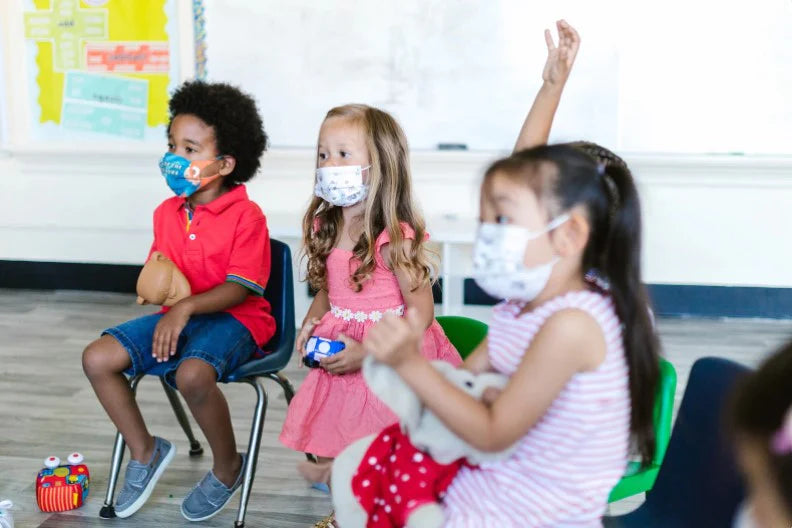Your home is your child’s first classroom and you are their first teacher. The environment that you provide will determine how ready they will be to receive learning and expectations once they start school. It will also provide the foundation to how they approach life. Will they be organized? Will they be problem solvers? Will they be curious and well rounded? Studies show that these traits are heavily influenced by a child’s environment. Fortunately, creating a positive learning environment in which your child will thrive is simple with a few intentional practices at home.
- Solidify daily routines - Children thrive off of structure and routine. Knowing what to expect makes them feel secure and confident.
- Create organized spaces for different activities - This doesn’t mean you need to live in a huge house or buy a bunch of stuff. It can be as simple as creating a few well thought out bins, (art bin, building bin, homework bin, etc.,) and a single, clean work table. The key here is to keep organized and remove clutter as clutter overstimulates.
- Have access to books - Create a little children’s library that is easily accessible to them. Have a specified reading time in which you both engage with books. Visit your local library often.
- Make space for down time - Although it’s important to have routines, it’s equally important for kids to have quiet time to traverse their own thoughts. Remember what they say: boredom breeds creativity. Don’t forget down time outside to observe and explore!
- Engage in experiences - Going to places like the museum or zoo is exciting, but you can create engaging experiences for them right at home, too. Instead of plopping them down in front of a screen to distract them while you do chores, get them involved in cooking, cleaning, gardening, or exercising with you. You’ll be surprised by how much small children will enjoy this. Experiences like these are important because they allow them to practice all sorts of skills: motor, communication, problem solving, coordination, listening, and much more!
- Display your child’s work - Show them how proud you are of their creative and academic accomplishments. Studies show that positive social reinforcement is a powerful motivator.
- Create a Language Rich Environment - Engage in conversations with your kids often to build their vocabulary, strengthen language skills, and encourage bonding. Narrate what you’re doing. Ask them about their favorite toys and games. Be sure to use specific language like “cardinal” instead of just “bird”.
- Engage in learning yourself - Want a child who is naturally curious and ready to learn? Be a person who is naturally curious and ready to learn! Have hobbies. Watch nature documentaries. Look up answers to questions in books or even your phone, (technology isn’t evil. You just have to be intentional about it.) Perform experiments. Observe bugs and birds outside. Show them how enjoyable learning can be.
- Give love, attention, and support - More than anything else, children crave the attention of their parents. When a child feels secure, they are more likely to explore and try their hand at independence naturally. Be available for them and give them plenty of attention. Take interest in their interests. Support their curiosities. Provide them guidance and make sure they know you are there when things get tough. Be their biggest cheerleader.









